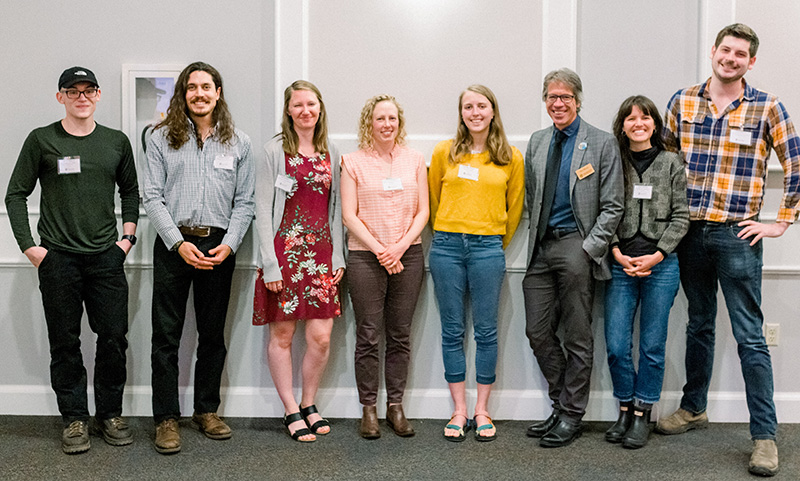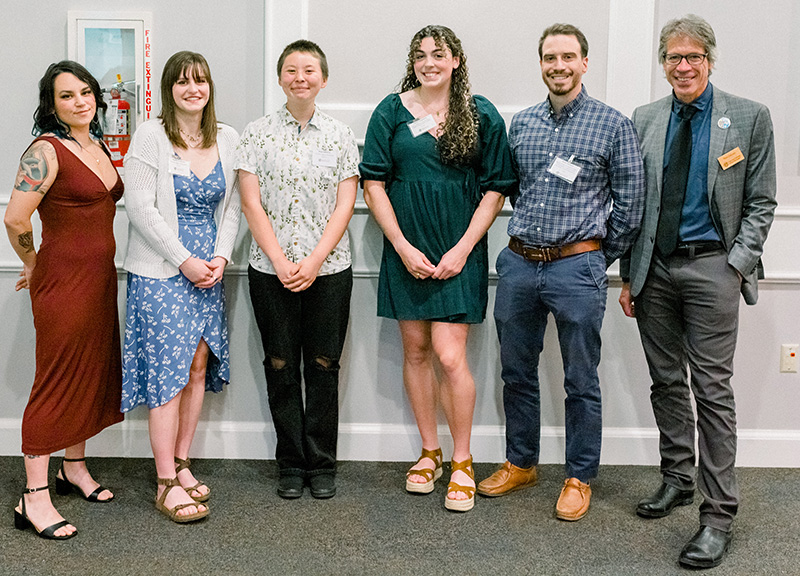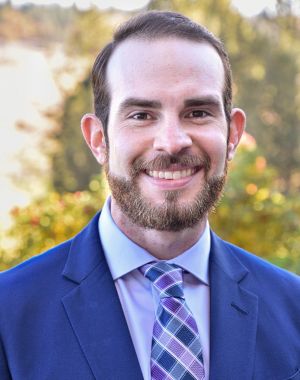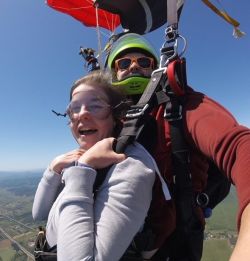
It is with great pleasure that we share that Dr. Cristina Eisenberg will be joining the College as the Associate Dean for Inclusive Excellence and Director of Tribal Initiatives in the College of Forestry. After a nationwide competitive search process culminating in the interview of three outstanding candidates, we identified Dr. Eisenberg as an excellent match for our needs and hopes for this new position within the College.
In this role, Dr. Eisenberg will direct a new Office for Tribal Initiatives in the College, serve as our primary liaison with the nine Tribes of Oregon and with Tribal Nations throughout the Northwest, oversee the execution of the College’s DEI strategic plan, and work closely with our new Director of Student Success to improve recruitment, retention and completion of under-served student populations and help advance the College as a program dedicated to diversity, equity, justice and inclusion. Dr. Eisenberg is a first-generation Latinix and Native American (Apache and Rarámuri) scholar who comes to us with years of experience in Traditional Ecological Knowledge, restoration ecology and wildlife biology. She has previously served as the Chief Scientist at Earthwatch Institute at Harvard University, as Director at Large on the Board of the Society for Ecological Restoration and Director of the Traditional Ecological Working Group, as a member of the Board of Trustees of Prescott College, and as a member of the Board of Directors of Sustainable Northwest. She has conducted extensive work as an independent scientist and researcher. Dr. Eisenberg holds a PhD from Oregon State University, a MA from Prescott College, and a BFA from the University of California-Long Beach and was previously courtesy faculty in the department of forest ecosystems and society. Dr. Eisenberg will start in early September.














